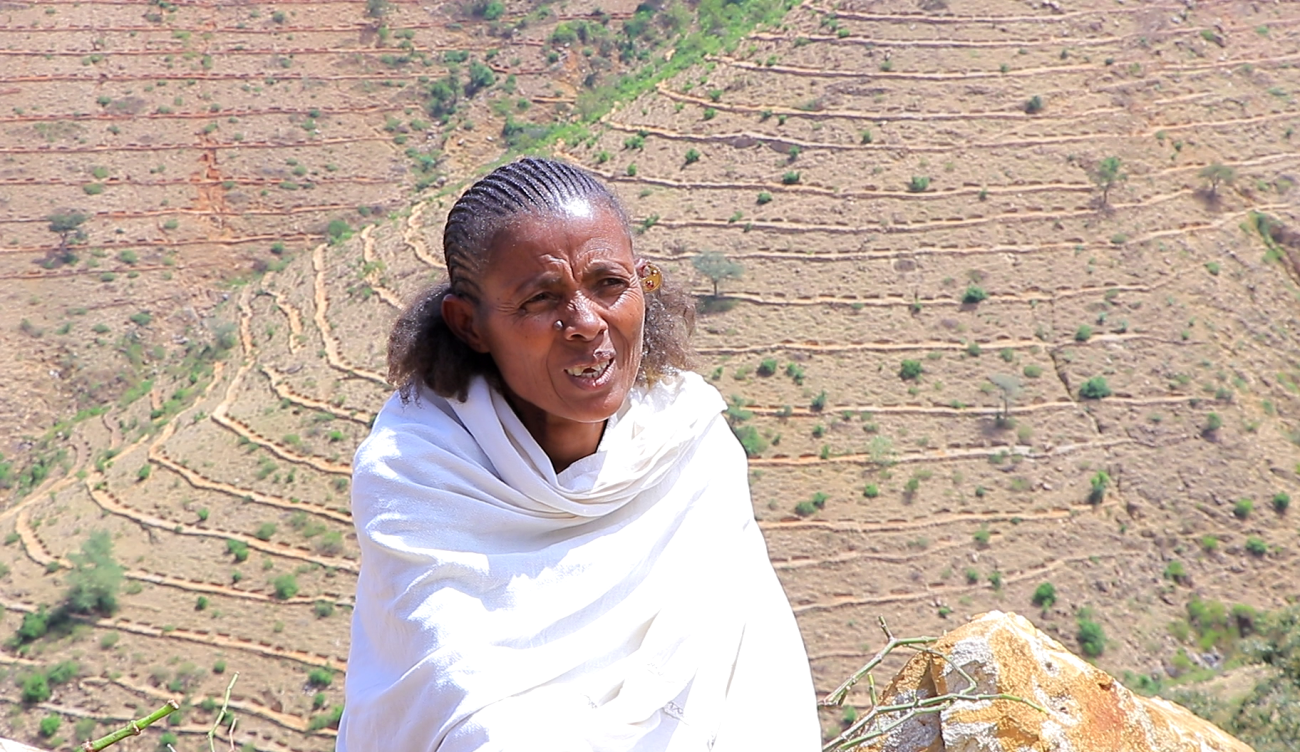Holistic support to communities in Tigray to improve their livelihoods

Tigray Region has been affected by significant challenges due to conflict which has impacted its communities and infrastructure.
Despite the challenging environment, the Development Response to Displacement Impacts Project Phase II (DRDIP-II) has actively been working to support the region's adaptation and resilience efforts.
The project has helped to improve accessibility of essential social and economic services, expanded livelihood opportunities, and a strengthened focus on environmental management. This concerted effort has not only addressed immediate needs but also fostered long-term sustainability for both host communities and refugees in the targeted areas.
In partnership with the Ministry of Agriculture, UNOPS managed and implemented a 1.2 million USD World Bank financed DRDIP-II project in Tigray Region. UNOPS together with the regional government achieved the intended objectives and contributed to the Sustainable Development Goals.
A total of 6,540 community members were engaged in the restoration of degraded watershed activities, of which 43% were women. The restoration management activities were done on 299 ha of land, including construction of different soil and water management practices, and protecting the intervention area from human and livestock interference.
Accordingly, community members were paid for their involvement in the soil and water conservation works. Half of the labor involved in the physical works were youth, which significantly contributed to their income generation and stronger involvement in the community. The youths were also engaged in different common interest groups so that they would benefit from the rehabilitated lands.
“UNOPS started implementation of the project, while the people were in a difficult situation due to the conflict. Implementation of the project by UNOPS helps the community to recover from the trauma and think about development. Within the DRDIP, UNOPS constructed the physical soil and water conservation structures and handed over to the regular regional DRDIP to run the activities afterwards. Therefore, in the future we will strengthen the already constructed soil and water conservation structure with biological plantation and benefit the communities by engaging them in woodlot plantation, apiculture or other community livelihoods. Landless youths will benefit from this activity and lift the community out of poverty. We hope this is one of the mechanisms to solve poverty,” the Regional DRDIP Natural Resource Management Expert Abreha Gebreyohannes said.
While the large-scale demonstration of agricultural technologies was conducted on 840 Ha of farming plots, the participants benefited from yield they harvested. For this implementation, 1,720 Qt fertilizer (i.e. 840 Qt of Urea and NPS each), 132 Qt of Sorghum, and 58 Qt Tef seed were supplied. This brought benefits to 1,427 farmers, of which 30.4% were female. Assuming a minimal yield harvest of five quintal each, the project contributed to the production of 71.35 tons of grains, which helped to reduce food insecurity.
“The women's participation was good. It created job opportunity, and, at the same time helped develop our land that creates income to fulfill some household needs, such as sugar and spices. I hope the project will also help us benefit from apiculture, dairy farms and other activities in the future. This will reduce migration,” Alganesh Birhane, one of the project beneficiaries from Miebale Kebelle, Tsimbla, said.
In order to reduce deforestation, 395 energy saving cooking stoves were also procured and distributed to 395 selected female headed households. Furthermore, the capacity building training on alternative energy and ways of reducing environmental degradation was provided to 46 regional and woreda level experts. Another training on applications of GPS, GIS and Remote sensing data for integrated natural resource management practices was provided to 47 regional and woreda level experts. Furthermore, a theoretical and practical training on integrated watershed management, watershed delineation, and selecting appropriate physical soil and water conservation structure was provided to a total of 688 woreda and kebele level participants.
As part of the project, woreda steering and technical committees were established in five target woredas, and prioritisation of 26 Community Investment Funds (CIF) and 3 Strategic Investment Funds (SIF) subprojects was completed. Technical assessments, design and cost estimation of these CIF and SIF (school, irrigation and road) were also finalised. Additionally, the office furniture and supplies were procured and delivered to both regional and woreda Project Coordinating Unit offices. The Environmental and Social (E&S) Screening of 1 SIF & 15 CIF sub-projects located in Asgede and Adidaero woredas was done before the sub-project design to identify key environmental and social issues and impacts, eligibility, determine appropriate environmental and social risk category and plan resulting required environmental and social instruments.


